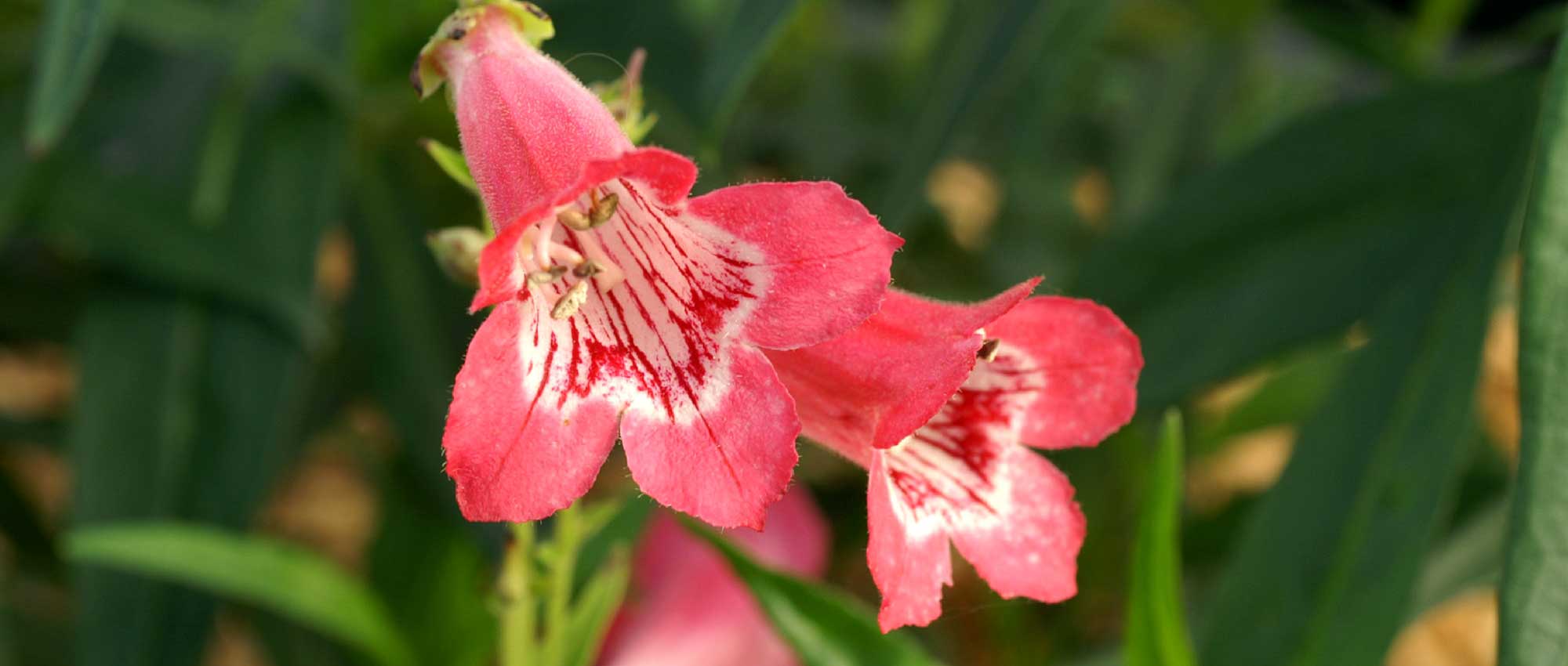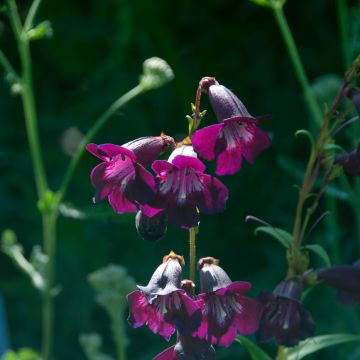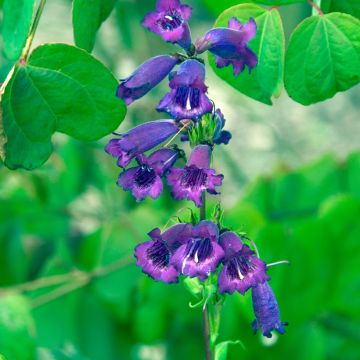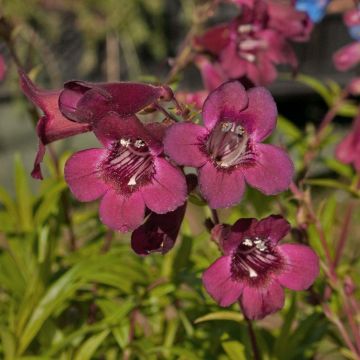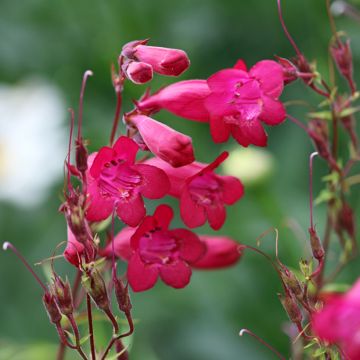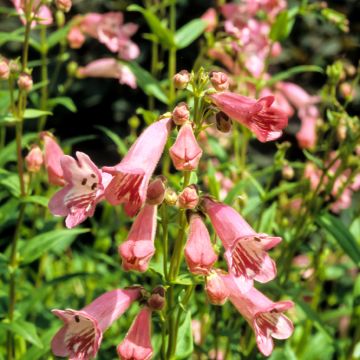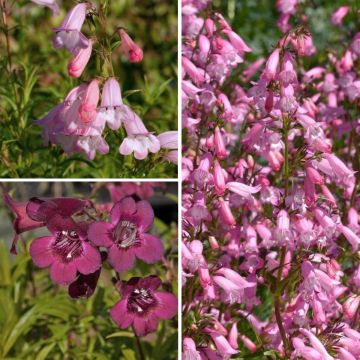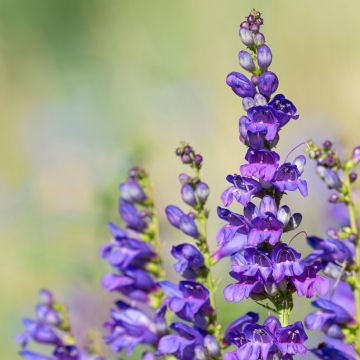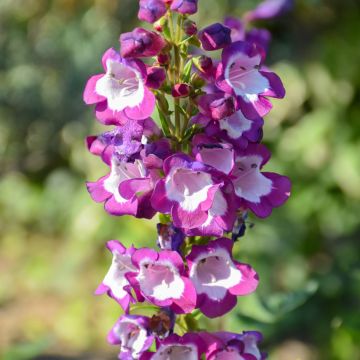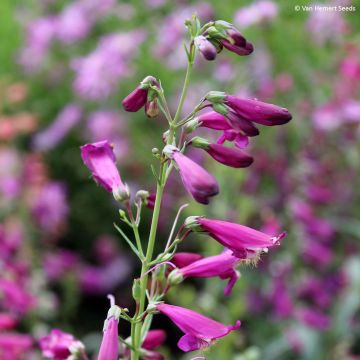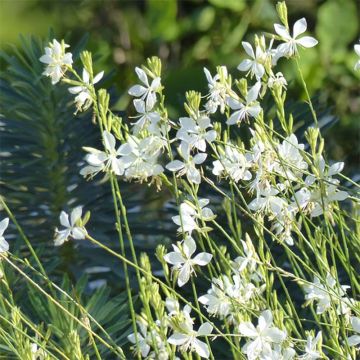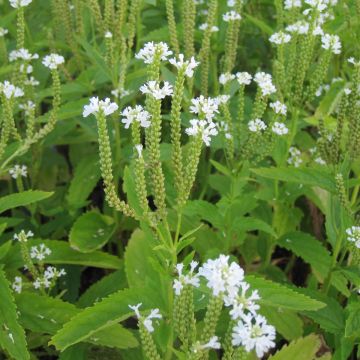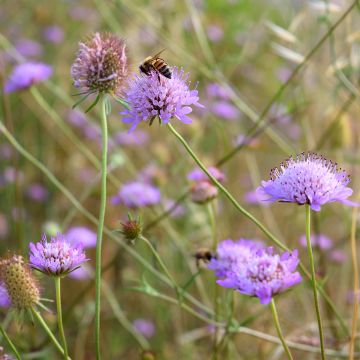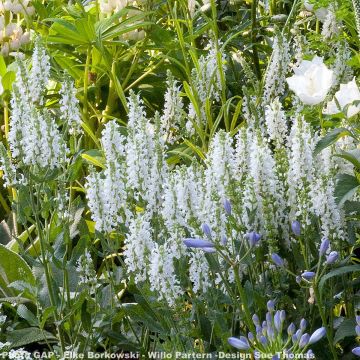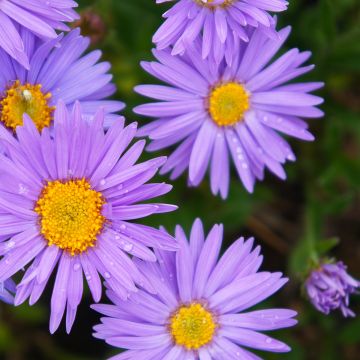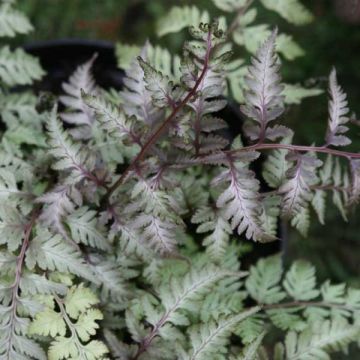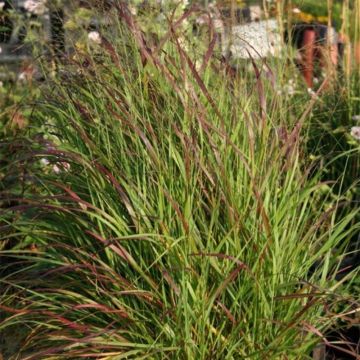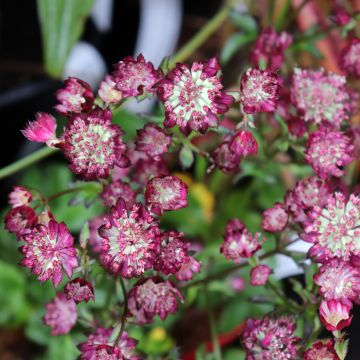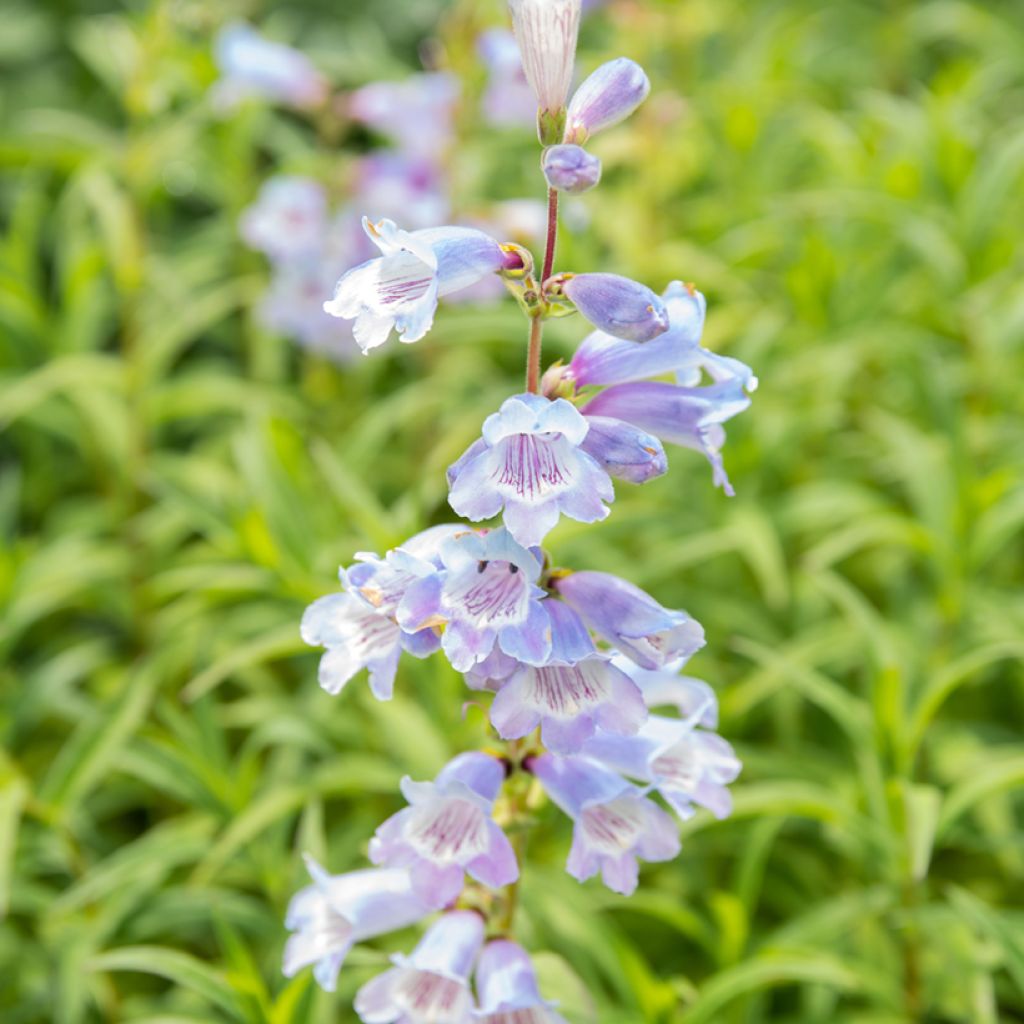

Penstemon Sour Grapes - Beardtongue
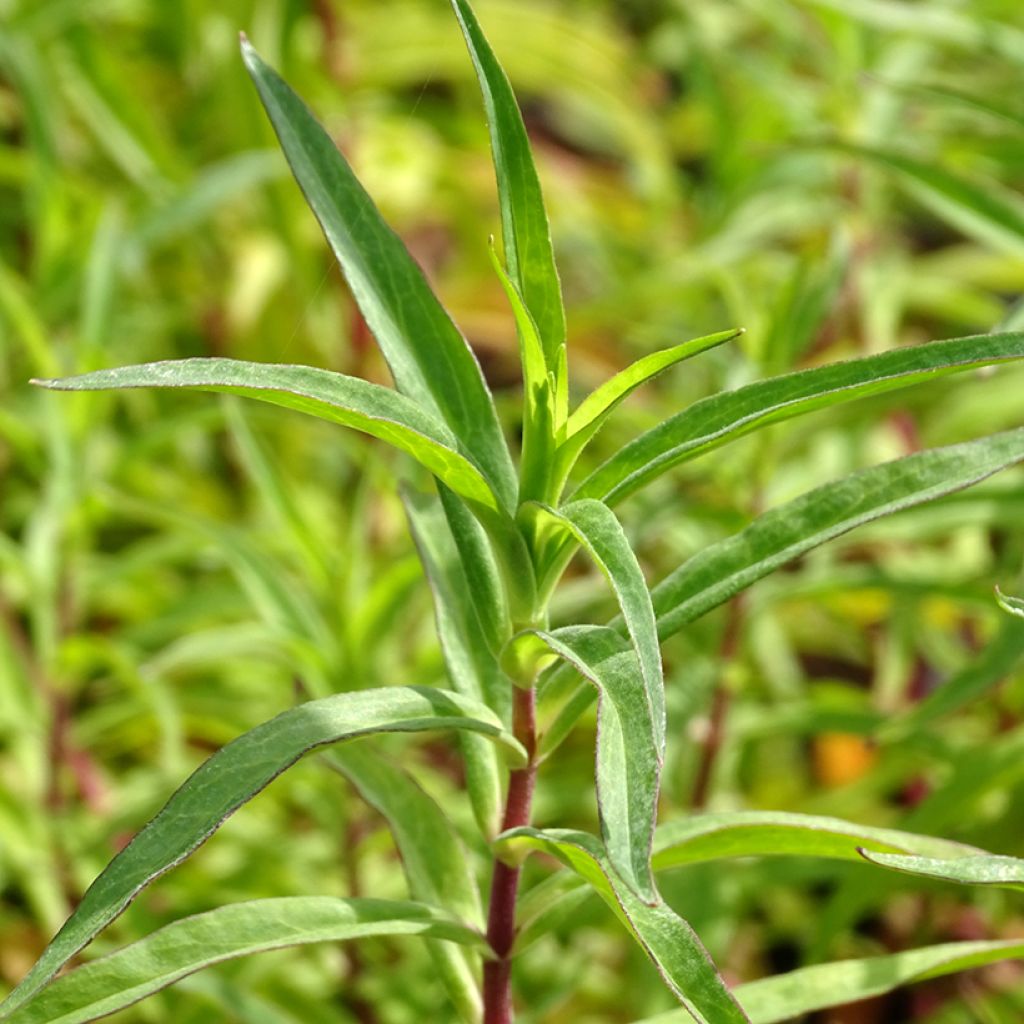

Penstemon Sour Grapes - Beardtongue
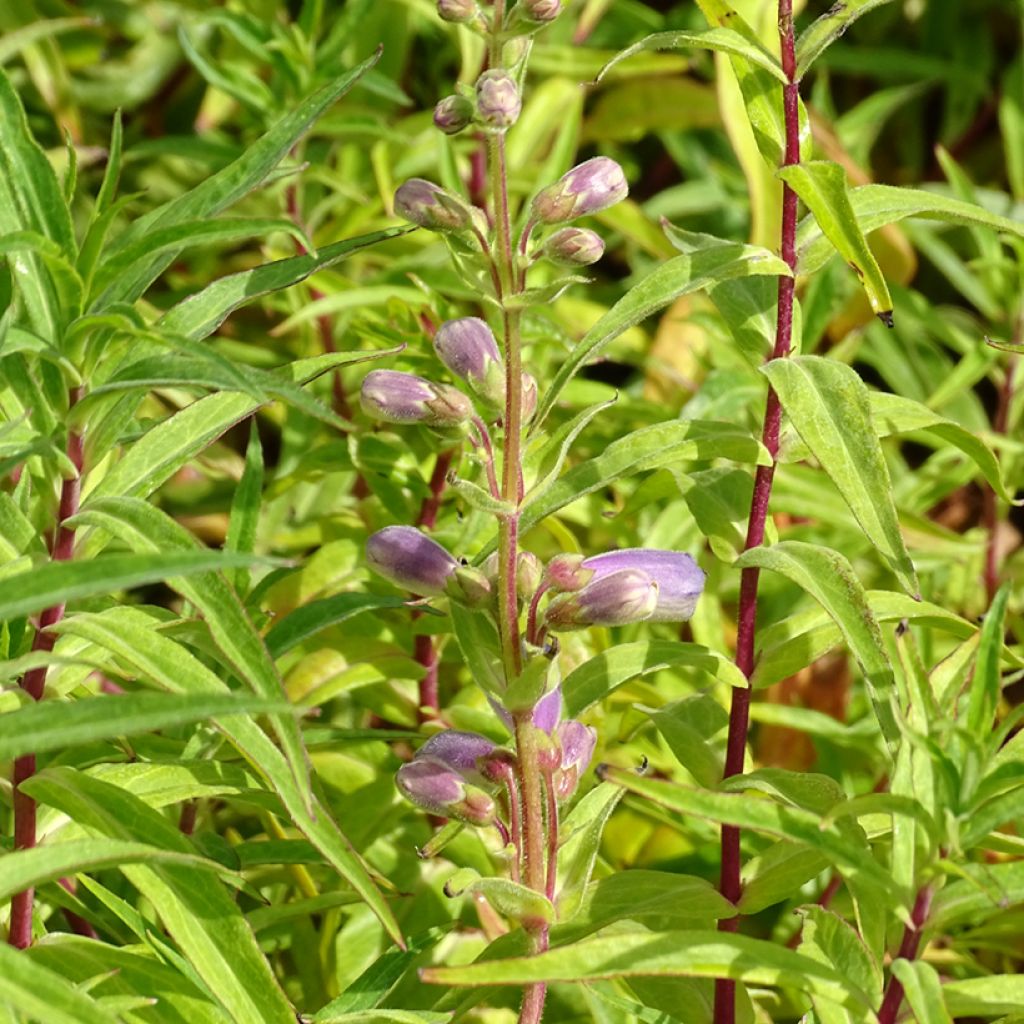

Penstemon Sour Grapes - Beardtongue
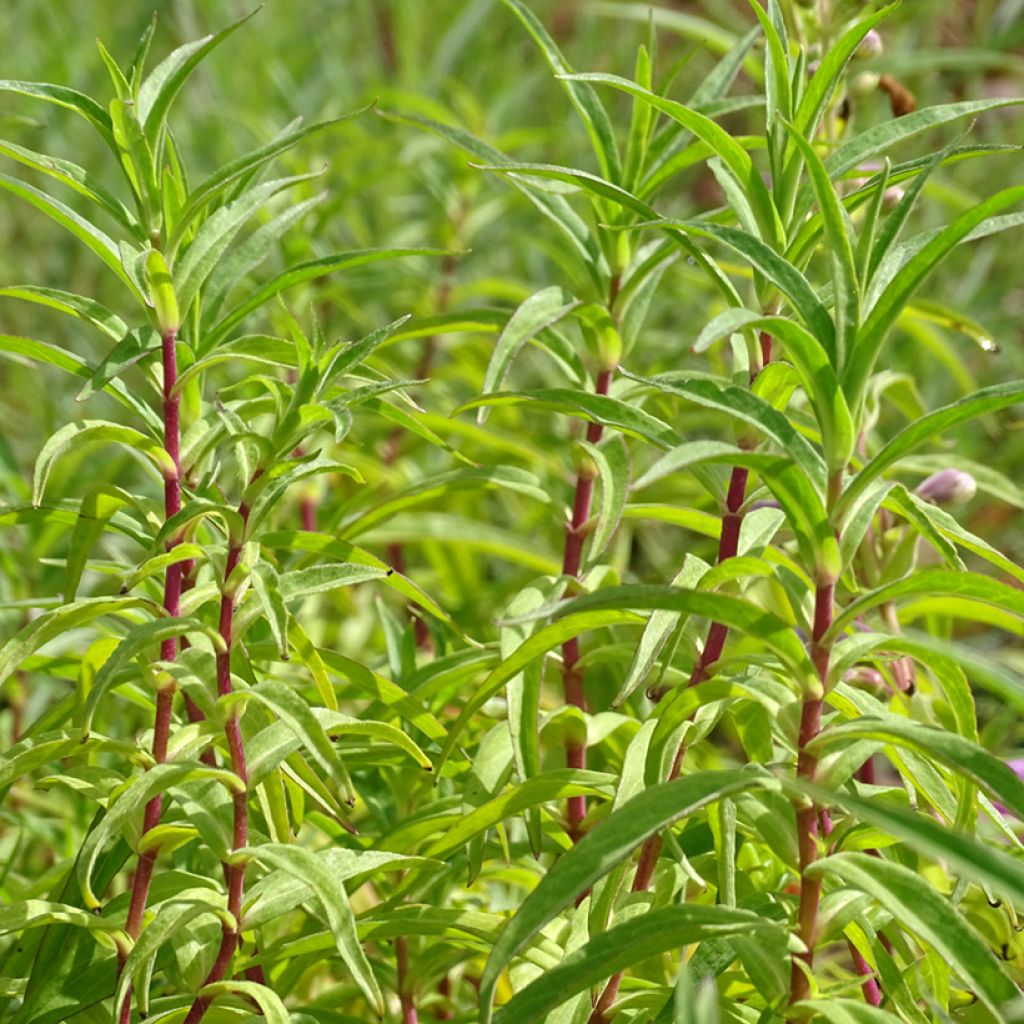

Penstemon Sour Grapes - Beardtongue


Penstemon Sour Grapes - Beardtongue
View more pictures
Hide images
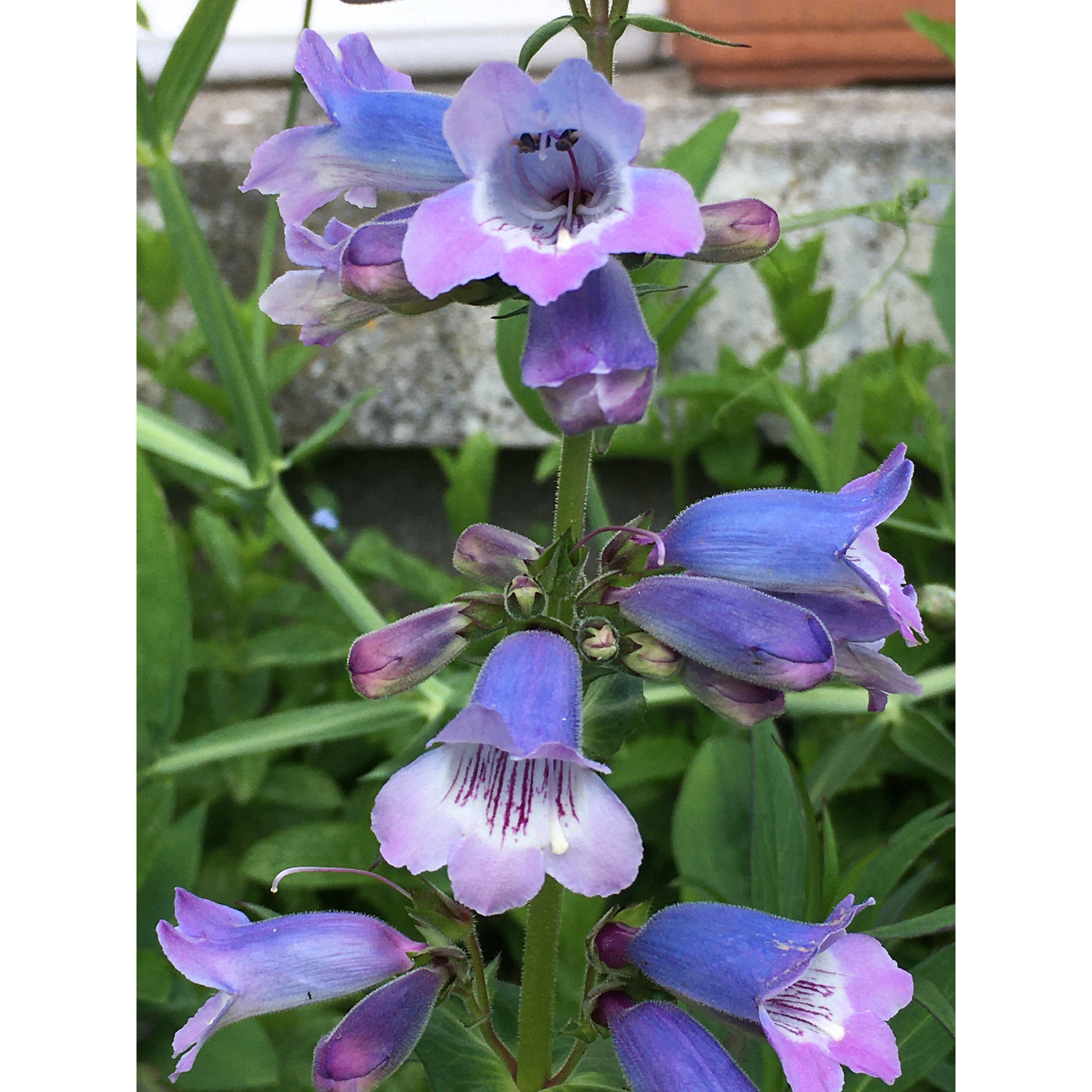
Danielle L.

Danielle L. • 14 FR
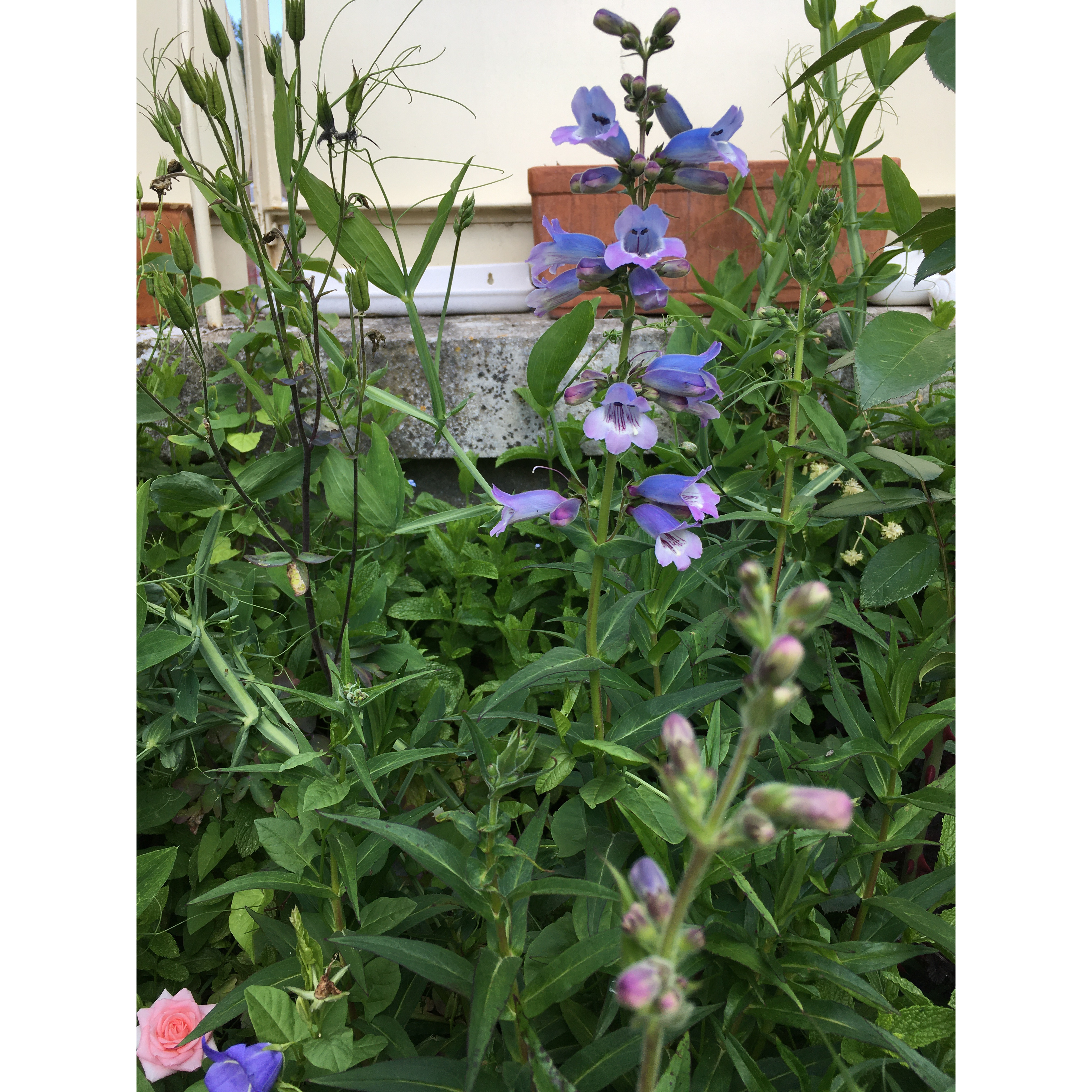
Danielle L.

Danielle L. • 14 FR
Penstemon Sour Grapes - Beardtongue
Penstemon Sour Grapes
Bellflower Beardtongue, Canterbury Bells Penstemon
The plants have arrived in good condition, they are doing well but we didn't have any flowers this year.
Isabelle , 25/08/2024
Special offer!
Receive a €20 voucher for any order over €90 (excluding delivery costs, credit notes, and plastic-free options)!
1- Add your favorite plants to your cart.
2- Once you have reached €90, confirm your order (you can even choose the delivery date!).
3- As soon as your order is shipped, you will receive an email containing your voucher code, valid for 3 months (90 days).
Your voucher is unique and can only be used once, for any order with a minimum value of €20, excluding delivery costs.
Can be combined with other current offers, non-divisible and non-refundable.
Home or relay delivery (depending on size and destination)
Schedule delivery date,
and select date in basket
This plant carries a 12 months recovery warranty
More information
We guarantee the quality of our plants for a full growing cycle, and will replace at our expense any plant that fails to recover under normal climatic and planting conditions.
Would this plant suit my garden?
Set up your Plantfit profile →
Description
The Penstemon 'Sour Grapes' is a herbaceous perennial whose long amethyst flowering evokes that of the foxglove.
This pretty Scrophulariaceae comes from desert areas of North America, such as the southern United States or Mexico. It is also found in the dry mountains of this zone.
It is a semi-evergreen perennial that forms a small bush of 50 cm (20in) in all directions, and its leaves can be alternate, opposite or even sometimes whorled. The flowers appear from July to November. Shaped like oblong bells, they are adorned with the most beautiful amethyst colour with a slightly bluish external base. The throat is white veined with purple. The corolla is inserted into a purple calyx. This asymmetrical corolla comprises two lips: two fused lobes for the upper lip and three for the lower lip.
The name Penstemon comes from the Latin word Penta, meaning five. This uniqueness gives it the appearance of open and painted lips. Its appearance and colour remind us of the foxgloves of our mountains, minus the toxicity. The flowers, measuring 3 to 4 cm (1 to 2in) in length, are arranged in panicles on the upper part of the stem.
The Penstemon Sour Grapes can withstand temperatures down to -7°C (19.4°F). If the winters are harsher, it must be protected by mulching its base. It likes light soils, accepts limestone soils, and as a desert plant, it tolerates drought very well. It should be exposed to the sun or possibly partial shade. Remove the flowers as soon as they fade to promote flower reblooming. Its exceptionally long flowering period allows it to coexist with summer and autumn plants. Consider silver-leaved artemisias and purple Verveine Star Dreams for summer. The Rudbeckia purpurea, Nepeta faassenii Six Hill in lavender blue, and the Liatris spicata will still be present for a colourful Indian summer.
In Native American pharmacopoeia, Penstemons were long used as analgesics to combat toothaches. Their ornamental qualities are now preferred.
Penstemon Sour Grapes - Beardtongue in pictures
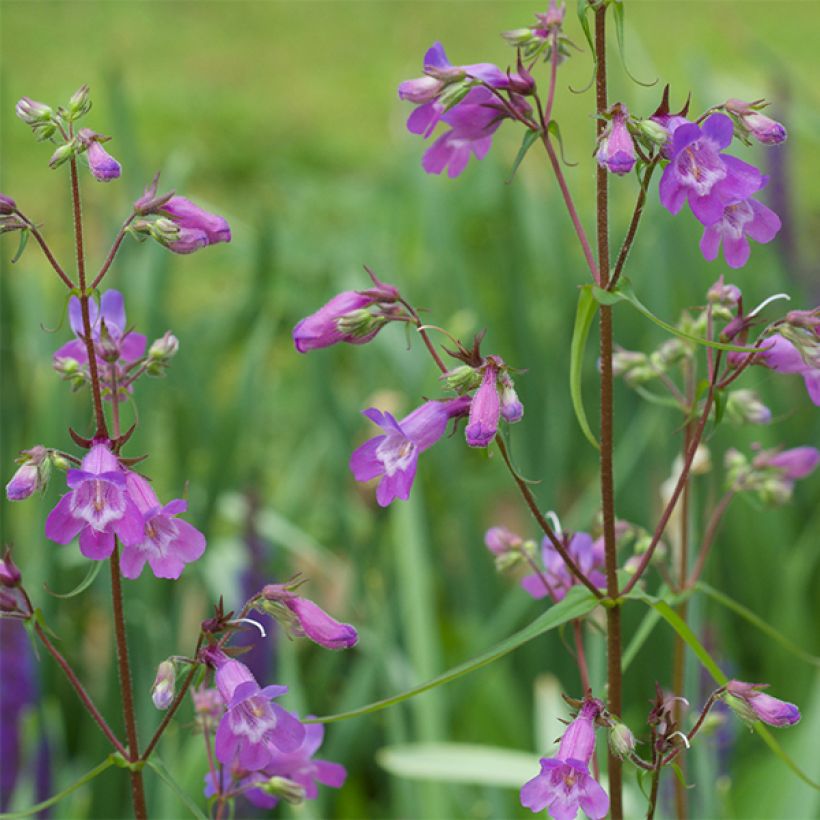

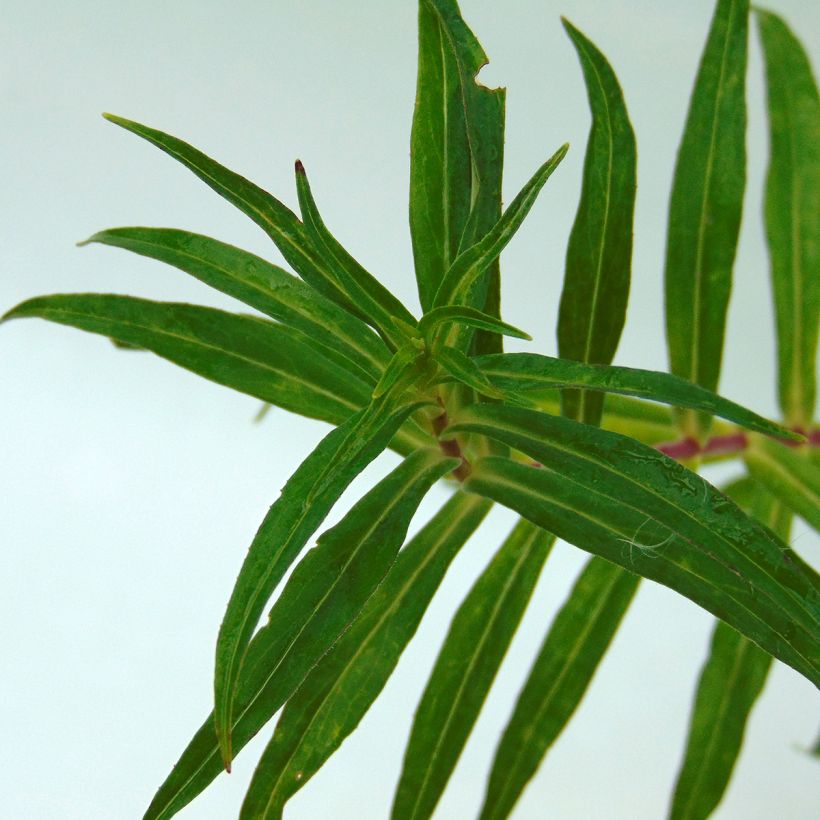

Flowering
Foliage
Plant habit
Botanical data
Penstemon
Sour Grapes
Scrophulariaceae
Bellflower Beardtongue, Canterbury Bells Penstemon
Cultivar or hybrid
Other Penstemon
View all →Planting and care
The colder the climate, the more the soil that receives it must be drained, stony or sandy, but very porous. In areas with a mild climate, this Penstemon thrives well in any ordinary, rather rich soil, even clayey if it is well-drained. Last advice: NEVER cut back the foliage of penstemons in autumn; no matter how unattractive it may be in winter, it contributes to the survival of the plant during the harsh season. The old foliage will only be cut back in the middle of spring when new shoots reappear.
Planting period
Intended location
Care
Planting & care advice
-
, onOrder confirmed
Reply from on Promesse de fleurs
Similar products
Haven't found what you were looking for?
Hardiness is the lowest winter temperature a plant can endure without suffering serious damage or even dying. However, hardiness is affected by location (a sheltered area, such as a patio), protection (winter cover) and soil type (hardiness is improved by well-drained soil).

Photo Sharing Terms & Conditions
In order to encourage gardeners to interact and share their experiences, Promesse de fleurs offers various media enabling content to be uploaded onto its Site - in particular via the ‘Photo sharing’ module.
The User agrees to refrain from:
- Posting any content that is illegal, prejudicial, insulting, racist, inciteful to hatred, revisionist, contrary to public decency, that infringes on privacy or on the privacy rights of third parties, in particular the publicity rights of persons and goods, intellectual property rights, or the right to privacy.
- Submitting content on behalf of a third party;
- Impersonate the identity of a third party and/or publish any personal information about a third party;
In general, the User undertakes to refrain from any unethical behaviour.
All Content (in particular text, comments, files, images, photos, videos, creative works, etc.), which may be subject to property or intellectual property rights, image or other private rights, shall remain the property of the User, subject to the limited rights granted by the terms of the licence granted by Promesse de fleurs as stated below. Users are at liberty to publish or not to publish such Content on the Site, notably via the ‘Photo Sharing’ facility, and accept that this Content shall be made public and freely accessible, notably on the Internet.
Users further acknowledge, undertake to have ,and guarantee that they hold all necessary rights and permissions to publish such material on the Site, in particular with regard to the legislation in force pertaining to any privacy, property, intellectual property, image, or contractual rights, or rights of any other nature. By publishing such Content on the Site, Users acknowledge accepting full liability as publishers of the Content within the meaning of the law, and grant Promesse de fleurs, free of charge, an inclusive, worldwide licence for the said Content for the entire duration of its publication, including all reproduction, representation, up/downloading, displaying, performing, transmission, and storage rights.
Users also grant permission for their name to be linked to the Content and accept that this link may not always be made available.
By engaging in posting material, Users consent to their Content becoming automatically accessible on the Internet, in particular on other sites and/or blogs and/or web pages of the Promesse de fleurs site, including in particular social pages and the Promesse de fleurs catalogue.
Users may secure the removal of entrusted content free of charge by issuing a simple request via our contact form.
The flowering period indicated on our website applies to countries and regions located in USDA zone 8 (France, the United Kingdom, Ireland, the Netherlands, etc.)
It will vary according to where you live:
- In zones 9 to 10 (Italy, Spain, Greece, etc.), flowering will occur about 2 to 4 weeks earlier.
- In zones 6 to 7 (Germany, Poland, Slovenia, and lower mountainous regions), flowering will be delayed by 2 to 3 weeks.
- In zone 5 (Central Europe, Scandinavia), blooming will be delayed by 3 to 5 weeks.
In temperate climates, pruning of spring-flowering shrubs (forsythia, spireas, etc.) should be done just after flowering.
Pruning of summer-flowering shrubs (Indian Lilac, Perovskia, etc.) can be done in winter or spring.
In cold regions as well as with frost-sensitive plants, avoid pruning too early when severe frosts may still occur.
The planting period indicated on our website applies to countries and regions located in USDA zone 8 (France, United Kingdom, Ireland, Netherlands).
It will vary according to where you live:
- In Mediterranean zones (Marseille, Madrid, Milan, etc.), autumn and winter are the best planting periods.
- In continental zones (Strasbourg, Munich, Vienna, etc.), delay planting by 2 to 3 weeks in spring and bring it forward by 2 to 4 weeks in autumn.
- In mountainous regions (the Alps, Pyrenees, Carpathians, etc.), it is best to plant in late spring (May-June) or late summer (August-September).
The harvesting period indicated on our website applies to countries and regions in USDA zone 8 (France, England, Ireland, the Netherlands).
In colder areas (Scandinavia, Poland, Austria...) fruit and vegetable harvests are likely to be delayed by 3-4 weeks.
In warmer areas (Italy, Spain, Greece, etc.), harvesting will probably take place earlier, depending on weather conditions.
The sowing periods indicated on our website apply to countries and regions within USDA Zone 8 (France, UK, Ireland, Netherlands).
In colder areas (Scandinavia, Poland, Austria...), delay any outdoor sowing by 3-4 weeks, or sow under glass.
In warmer climes (Italy, Spain, Greece, etc.), bring outdoor sowing forward by a few weeks.






























